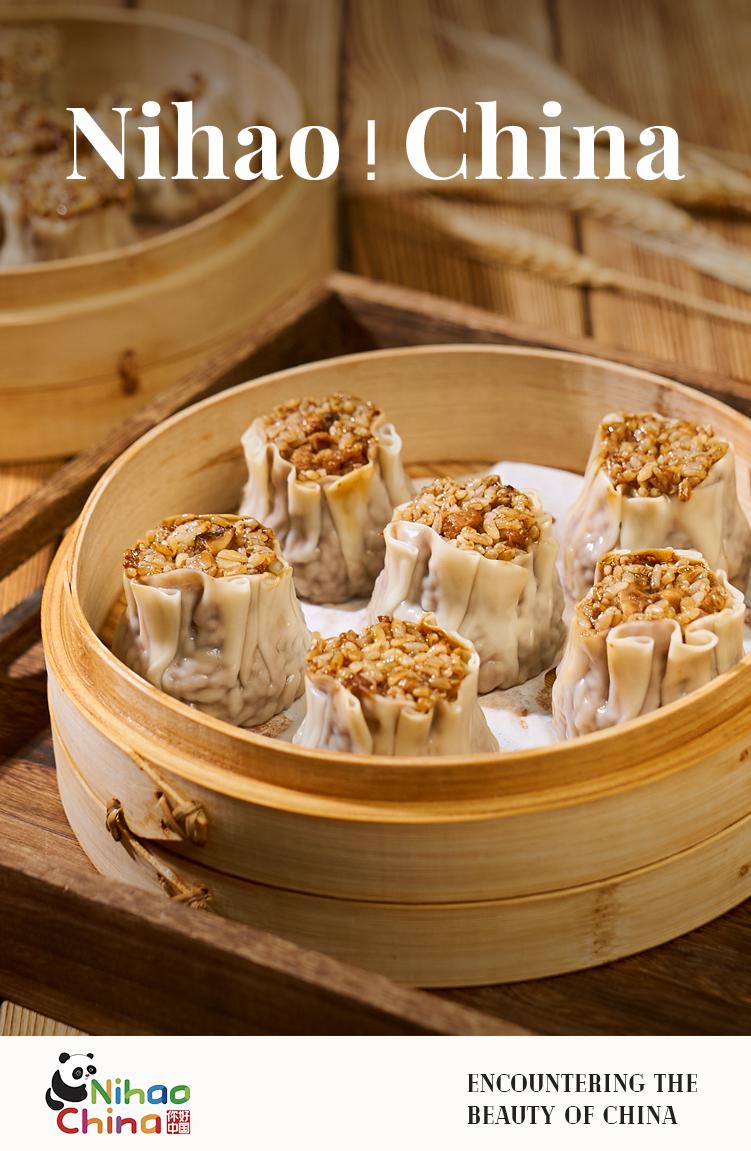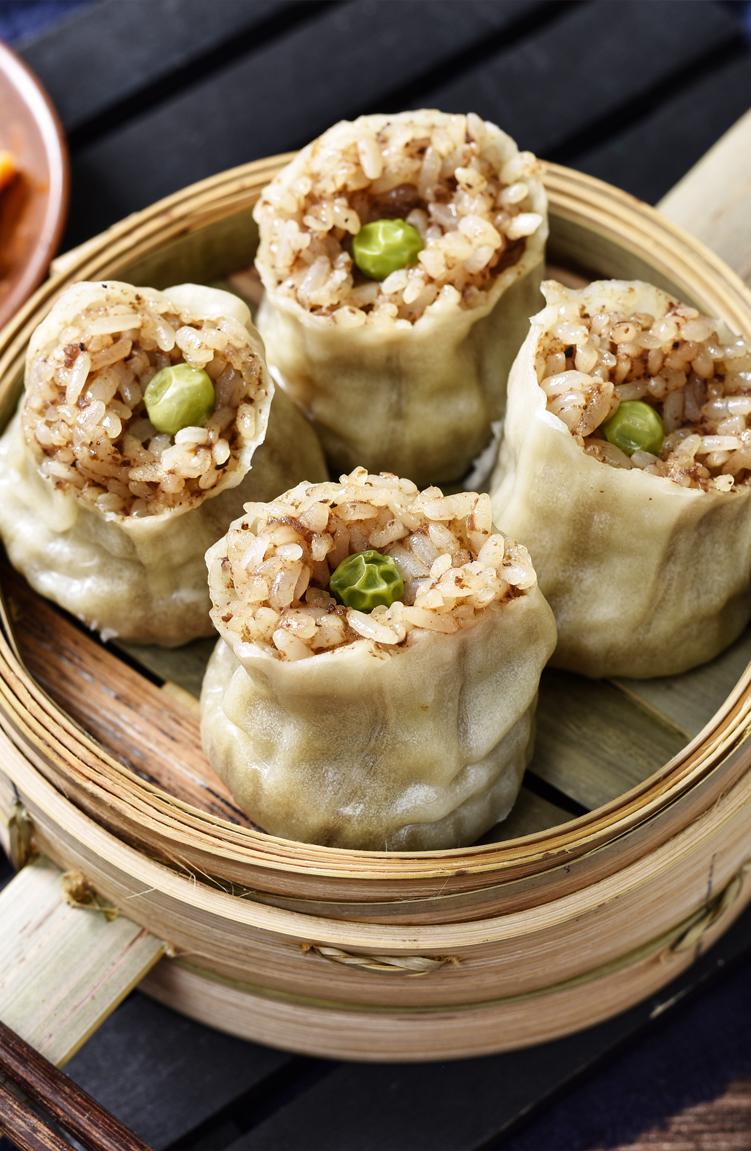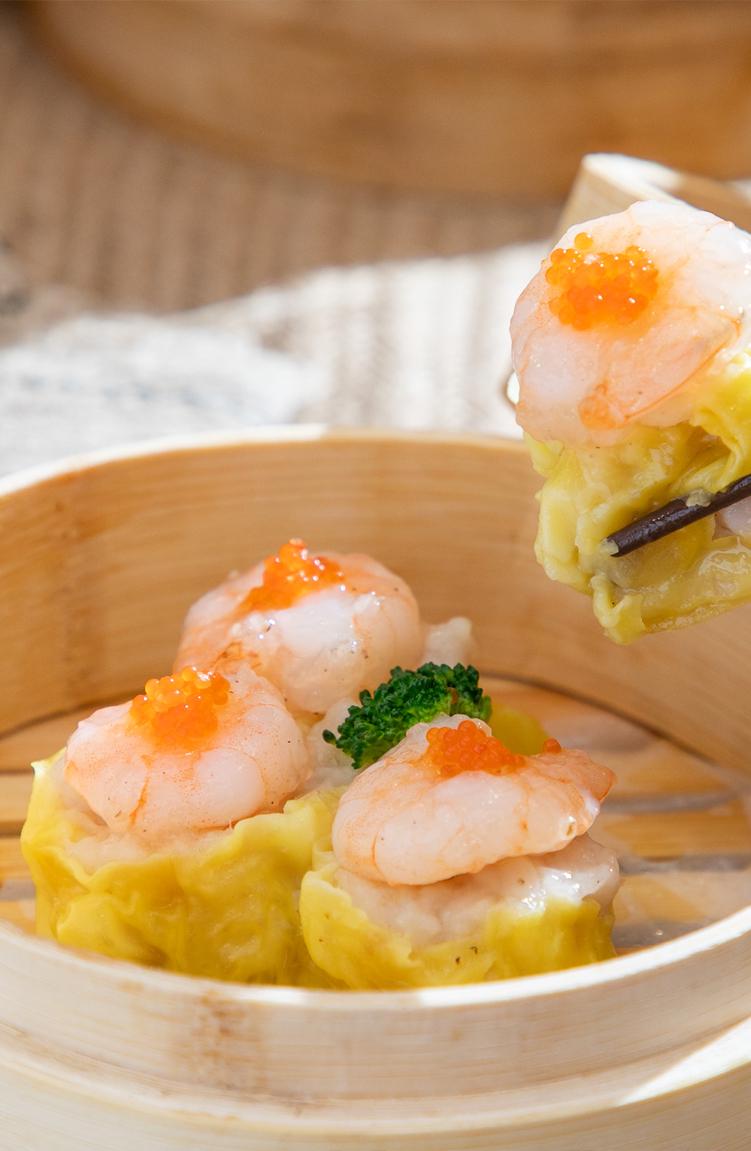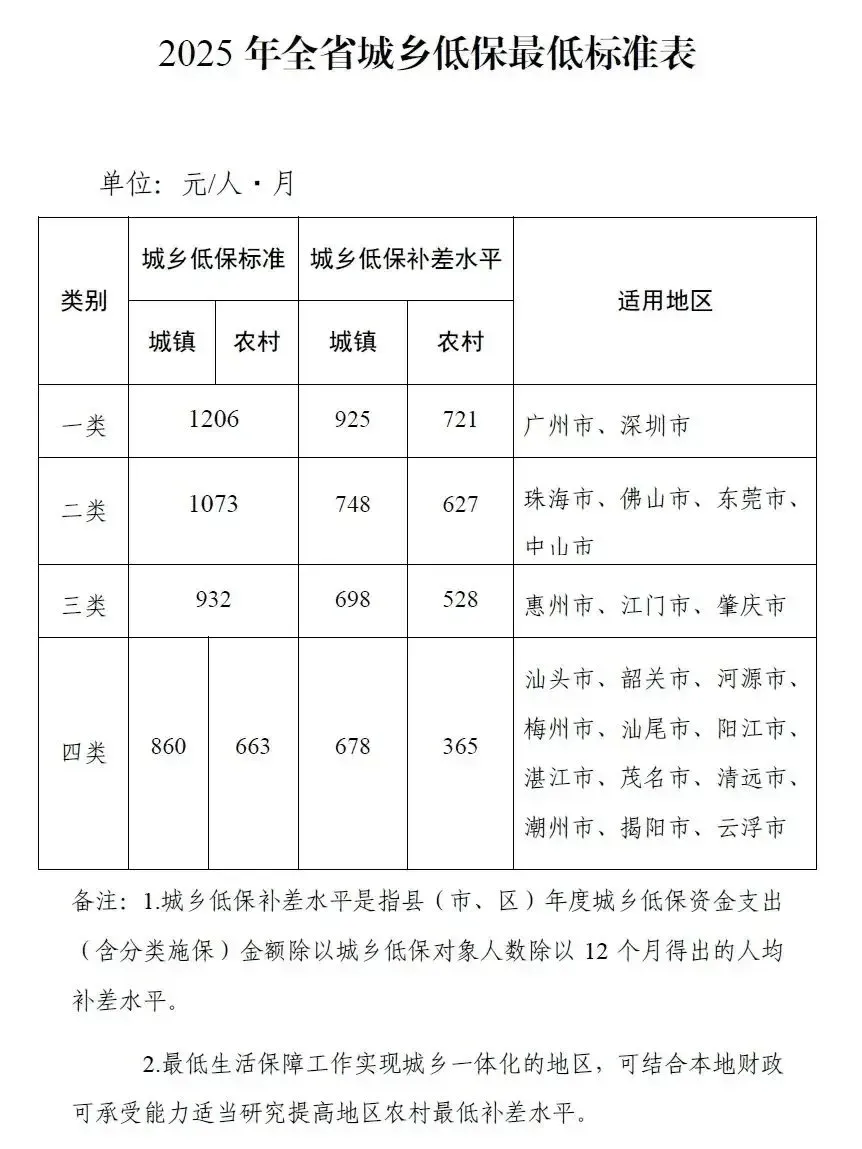
“烧卖”作为中国的一种传统面食,起源比人们喜食的包子、饺子、馄饨等小吃都晚得多,古书中的相关记载也比上述食品要少。然而与这种情况恰恰相反的是,虽然起源稍后富邦配资,却迅速占领中国人的餐桌。
Among China’s many beloved dumplings, Shaomai (Sticky Rice Dumplings) holds a special place—though it arrived later on the culinary scene than classics like steamed buns, dumplings, or wontons, it quickly captured hearts and tastebuds across the country. Despite fewer mentions in ancient texts, Shaomai has steadily grown in popularity and is now enjoyed by people all over the country.

从地域来看富邦配资,各地烧麦独具特色。京城烧麦,多以三鲜为馅,虾仁、猪肉、香菇完美融合,咬上一口,汤汁四溢,鲜香在舌尖舞动;而内蒙古的羊肉烧麦,选用肥美羊肉,佐以葱姜调味,浓郁的草原风味裹挟着豪迈之气,恰似塞外长风,雄浑壮阔。
Shaomai varies widely across China, with each region adding its own unique twist. In Beijing, for example, Shaomai is typically filled with a flavorful blend of shrimp, pork, and shiitake mushrooms. When you take a bite, savory broth bursts forth, and the rich aroma dances on your tongue. By contrast, Inner Mongolia’s lamb Shaomai features tender, fatty lamb seasoned with scallions and ginger. Its bold, rich flavor captures the spirit of the grasslands—like the vast, powerful winds sweeping across the northern frontier.

现在常见的糯米烧麦则是江苏菜,其外皮以烫面擀成荷叶边褶皱状富邦配资,包裹蒸熟的糯米与炒制肉末、蔬菜丁混合的馅料,捏制成开花状后蒸10-15分钟食用。不同风味烧麦背后,是各地山川物产、人文风情的凝练,承载着一方水土的乡愁眷恋。
Today, one of the most popular varieties is the glutinous rice Shaomai from Jiangsu cuisine. Its delicate wrapper is made from hot water dough, formed into soft, ruffled edges. Inside, a hearty filling of steamed sticky rice, stir-fried minced meat, and diced vegetables is packed tightly, shaped into a flower-like bundle, then steamed for 10 to 15 minutes until fragrant and tender. Behind every regional version of siomai lies a story shaped by geography and culture. These flavors carry the essence of the land and the traditions of its people—each bite a nostalgic reminder of home and heritage.
责编:李一珊
维海配资提示:文章来自网络,不代表本站观点。







